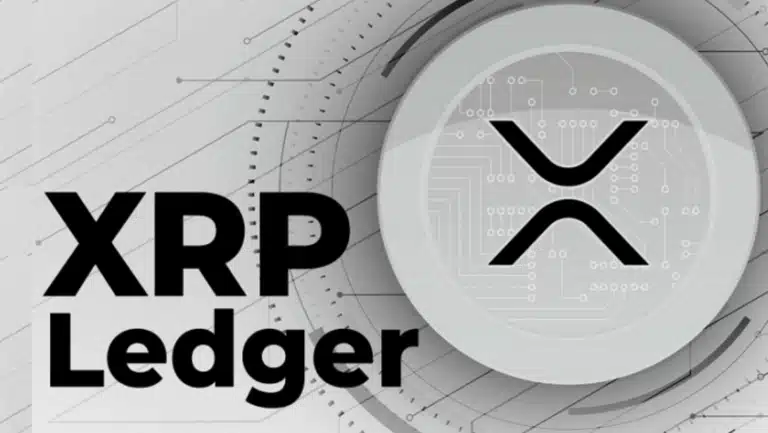- XRPL hits $1B+ in stablecoin volume, expanding institutional DeFi adoption.
- New features: Credentials, Deep Freeze, and Simulate enhance enterprise utility.
- XRPL’s native lending protocol streamlines liquidity and compliance for institutions.
According to Ripple’s recent update, the XRP Ledger (XRPL) has crossed a significant milestone, evolving from pilot projects into a powerful player in institutional decentralized finance (DeFi). Over the past year, XRPL has surged in importance, breaking into the top 10 blockchains for real-world assets (RWAs).
It also achieved its first $1 billion month in stablecoin volume, cementing its role as a trusted settlement layer for both crypto-native firms and regulated financial institutions. This progress emphasizes XRPL’s growing influence in the DeFi space, driven by institutional adoption and use.
At the heart of this transformation is XRP, the network’s native digital asset. Every new feature developed for XRPL strengthens its institutional appeal and expands the demand for XRP itself. This momentum underscores XRPL’s potential to handle two of the most critical use cases in global finance: stablecoin payments and collateral management.
The growing demand highlights XRPL’s evolution as a leading blockchain platform in regulated finance, though scalability and compliance will remain key considerations in the months ahead.
Also Read: XRP Validators Urged to Migrate or Face Disconnection – Deadline Just Days Away
XRPL’s Key Infrastructure and Innovations
XRPL has strengthened its core infrastructure with several key innovations that significantly enhance its institutional utility. The introduction of three pivotal features — Credentials, Deep Freeze, and Simulate — has made XRPL more suitable for enterprise use. Credentials, built on Decentralized Identifiers (DIDs), enable institutions to verify critical attributes like KYC status and accreditation, laying the groundwork for regulated DeFi markets.
Deep Freeze allows issuers to freeze accounts linked to illicit activity, ensuring compliance with regulations such as sanctions. Simulate provides developers with the ability to test transactions before they are committed to the network, reducing risk for high-value transactions and ensuring greater reliability.
Moreover, the releases of XRPL Version 2.5.0 and Version 2.6.0 have enhanced the platform’s functionality. These updates introduced features such as Batch Transactions, Token Escrow, and upgraded Automated Market Makers (AMM). These changes ensure that XRPL remains well-equipped to handle the demands of institutional DeFi, including stablecoin issuance, RWAs, and liquidity management.
Tokenization and Lending Paving the Way for Institutional Finance
Tokenization remains central to XRPL’s long-term strategy. The Multi-Purpose Token (MPT) standard, which is set to launch soon, will allow complex financial instruments like bonds and structured products to be tokenized and traded on-chain. This marks a significant step forward in enabling institutional-grade trading and settlement within the XRPL ecosystem.
Additionally, the upcoming launch of XRPL’s native lending protocol will be a game-changer for institutional finance. This protocol will enable pooled lending and uncollateralized loans directly on the ledger. With embedded compliance features like KYC and AML controls, this protocol will improve capital efficiency and provide lower-cost funding options for borrowers while offering yield opportunities for lenders.
The Road Ahead: Privacy, Zero-Knowledge Proofs, and Enhanced Security
XRPL is also preparing for the integration of zero-knowledge proofs (ZKPs), which will allow for privacy-preserving transactions without compromising compliance or transparency. The first application of ZKPs, set for release in 2026, will focus on confidential MPTs for privacy-preserving collateral management. This will provide a crucial layer of security for institutional DeFi adoption.
ZKPs will not only enhance privacy but also increase scalability, making XRPL an even more attractive option for high-value financial transactions. By leveraging these cryptographic innovations, XRPL aims to offer privacy with accountability, ensuring that institutions can fully embrace blockchain technology while maintaining the necessary compliance standards.
Also Read: Ethereum Crashes 6%: Is This the Perfect Time to Buy Before a Major Surge?

